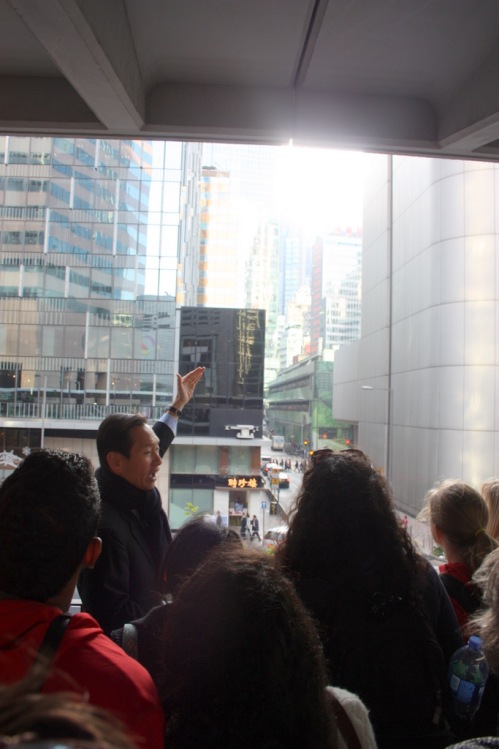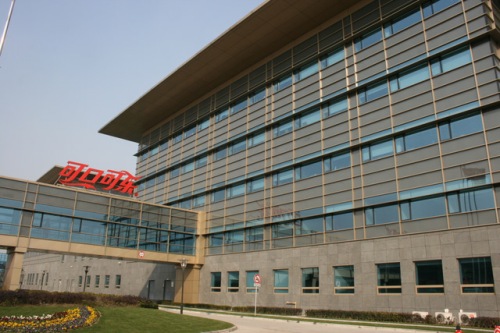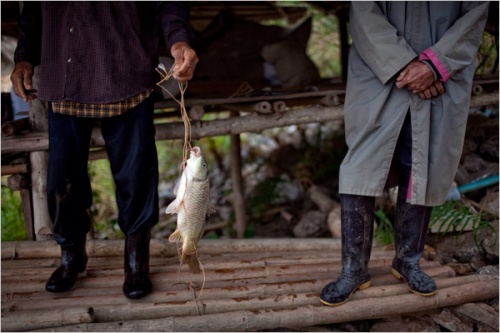Our second (and last) day in Hong Kong was packed – in the space of four hours, we tackled water allocation on the East Dongjiang (Pearl) River with Professor Lee of Hong Kong University, temporal variation in the enforcement of pollution regulations with Professor Lo of Hong Kong Polytechnic, and the delicate balance of historic preservation with urban development and environmental sustainability in one of Hong Kong’s most affluent neighborhoods. This final piece was a walking tour of the Central district, and our guide was the very esteemed Bernard Chan – former member of Hong Kong’s Legislative Council, current HK representative at the national congress in Beijing, chairman of at least six major policy advisory councils (including historic preservation and environmental sustainability), a columnist for the major English-language newspaper, and an all-around fantastic person. Bernard was incredibly generous with his time and genuinely funny – if he had four more days to spare, we would have taken them in a heartbeat.
As it stood, he spent about an hour and a half with us – first outlining the broad history of Hong Kong’s development from an insider’s perspective and then guiding us around the mid-levels (a series of elevated pedestrian walkways) to discuss various preservation projects he has been the advisor for. As he explained, historic preservation was unthinkable a decade ago – absolutely nowhere on anyone’s radar. Instead, decision-making in HK was driven by economic growth – spurred by fear about what the return to Chinese control (in 1997) would mean. Later, when it became clear that business in HK would continue mostly unchanged, Bernard said that people finally began to identify with it as home – thus, the beginning of the preservation movement.






















